It has been seventy seventy years since India gained independence, and more than seventy-five years have gone by since the Constitution came into force. The Constitution makers envisioned it as a blueprint for equality, aiming to establish social justice and guarantee equal rights for all citizens. However, despite the existence of legal provisions and affirmative measures, the condition of Dalits and other marginalised communities has not undergone any significant transformation over the decades, especially in the judiciary.
However, despite the existence of legal provisions and affirmative measures, the condition of Dalits and other marginalised communities has not undergone any significant transformation over the decades, especially in the judiciary.
Bahujan communities largely remain confined to labour-intensive roles, and the long-promised path to socio-economic upliftment continues to elude them. Even today, Dalits, minorities, and women struggle against systemic discrimination, their voices often silenced, and their challenges overlooked.
The dominance of upper-caste men is evident across major government and private institutions, exploiting the power and opportunities in their favor.
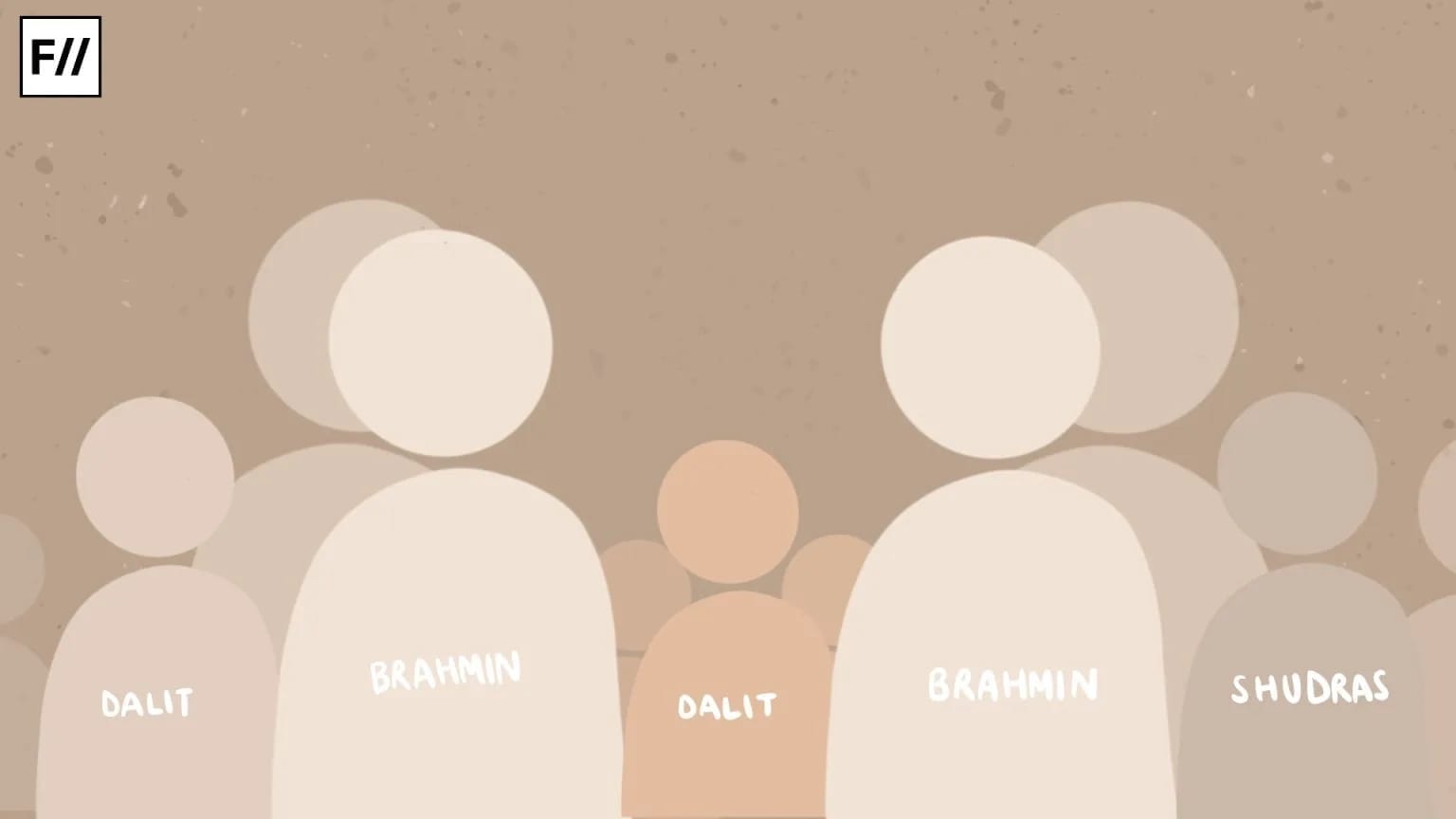
The judiciary, which is meant to be an impartial institution, is no exception to societal biases. The structure of the judiciary in India shows how it represents all the social biases prevalent in society.
Its composition remains dominated by privileged groups, highlighting the gap between the ideal of equal justice and the reality of unequal representation.
Legal system continues to exclude Dalits from key positions in the judiciary
On 20th March, while answering the RJD MP Major Jha’s question regarding the inadequate representation of Scheduled Castes (SCs), Scheduled Tribes (STs), Other Backward Classes (OBCs), women, and minorities in the higher judiciary, where he also raised concerns over their presence remains far below the desired level, Law Minister Arjun Ram Meghwal provided data on judicial appointments since 2018. According to which out of 715 High Court judges appointed in this period 22 belong to the SC category 16 to the ST category 89 to OBCs 37 are from minority communities.
It is evident that as per this data the representation of SC community as High Court judges is just three percent.
In response to concerns about the underrepresentation of Dalits in the higher judiciary, Law Minister Arjun Ram Meghwal stated that judicial appointments to the Supreme Court and High Courts are made strictly under constitutional provisions, Articles 124, 217 and 224 of the Constitution,which do not mandate reservations for any caste or class.
Law Minister Arjun Ram Meghwal stated that judicial appointments to the Supreme Court and High Courts are made strictly under constitutional provisions, Articles 124, 217 and 224 of the Constitution,which do not mandate reservations for any caste or class.
However, this justification raises critical questions. Nearly eight decades after independence, should reservation remain the only pathway for Dalits to attain positions of power? If the absence of reservation is cited as the reason for their low representation, does it not cast doubt on their intellectual capabilities? Furthermore, after all these decades, has India still failed to establish an inclusive system where a Dalit can reach a significant position purely on the basis of merit? These questions continue to highlight the deep-seated structural inequalities within the judicial system.
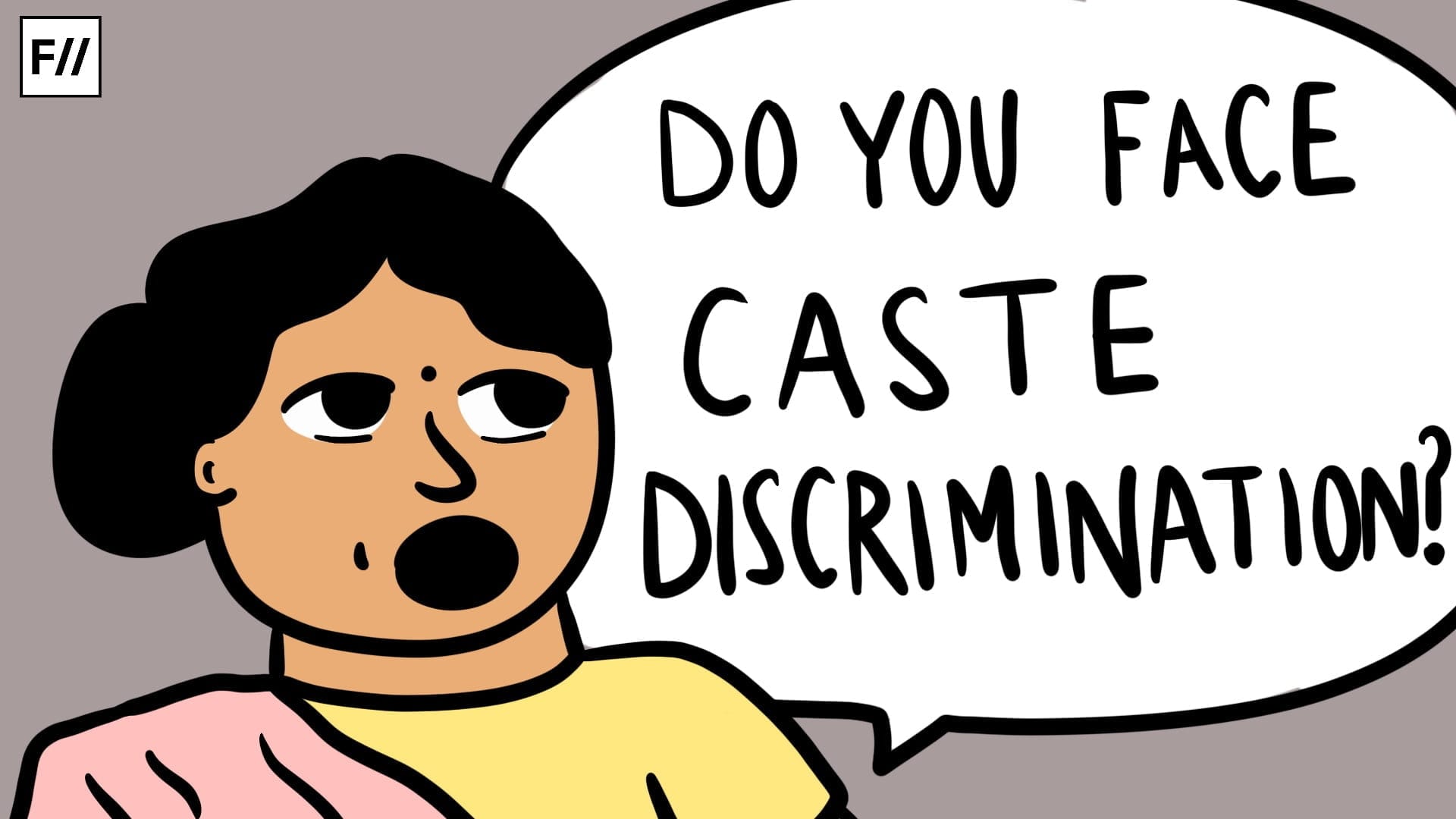
The Law Minister claimed the government is committed to judicial diversity, highlighting that since 2018, candidates recommended for High Court judgeships must disclose their social background. He also stated that Chief Justices of High Courts are urged to consider candidates from SC, ST, OBC, minority communities, and women to ensure broader representation. He further admitted that the government has little control over appointments, as only those recommended by the Supreme Court Collegium are selected.
This raises critical questions that if the government is genuinely committed to diversity, why hasn’t it initiated meaningful reforms to address structural exclusion? And does the Collegium—largely composed of upper-caste judges—truly prioritise inclusivity, or does it merely perpetuate existing hierarchies under the guise of merit?
The structural caste exclusion in the Supreme Court
As we discussed, the composition of the Indian judiciary continues to reflect existing caste dynamics, even the Supreme Court largely represented by upper-caste judges.
According to an analysis by the Supreme Court Observer in 2024, titled Supreme Court Review 2023: The diversity problem remained unaddressed, at least 36.4 percent of the sitting Supreme Court judges belong to the Brahmin community, whereas they constitute only about five percent of India’s population as per census of 2011.
Moreover the bench is also largely represented by judges from other privileged caste groups such as Banias, Bengali Kayasthas, and Rajputs.
Moreover the bench is also largely represented by judges from other privileged caste groups such as Banias, Bengali Kayasthas, and Rajputs. In contrast, the inclusion of judges from Bahujan communities in year 2023 was marginal, with only four of the current 33 Supreme Court judges belonging to Scheduled Castes (SC) and Other Backward Classes (OBC), amounting to a mere 12.1 percent—far below the estimated 60.53 percent SC-OBC population share.
The underrepresentation of Scheduled Tribes (ST) is even more pronounced, with Justice H.K. Sema (2002–2008) being the only ST judge in the Supreme Court’s history, despite the community constituting 8.6 percent of India’s population.
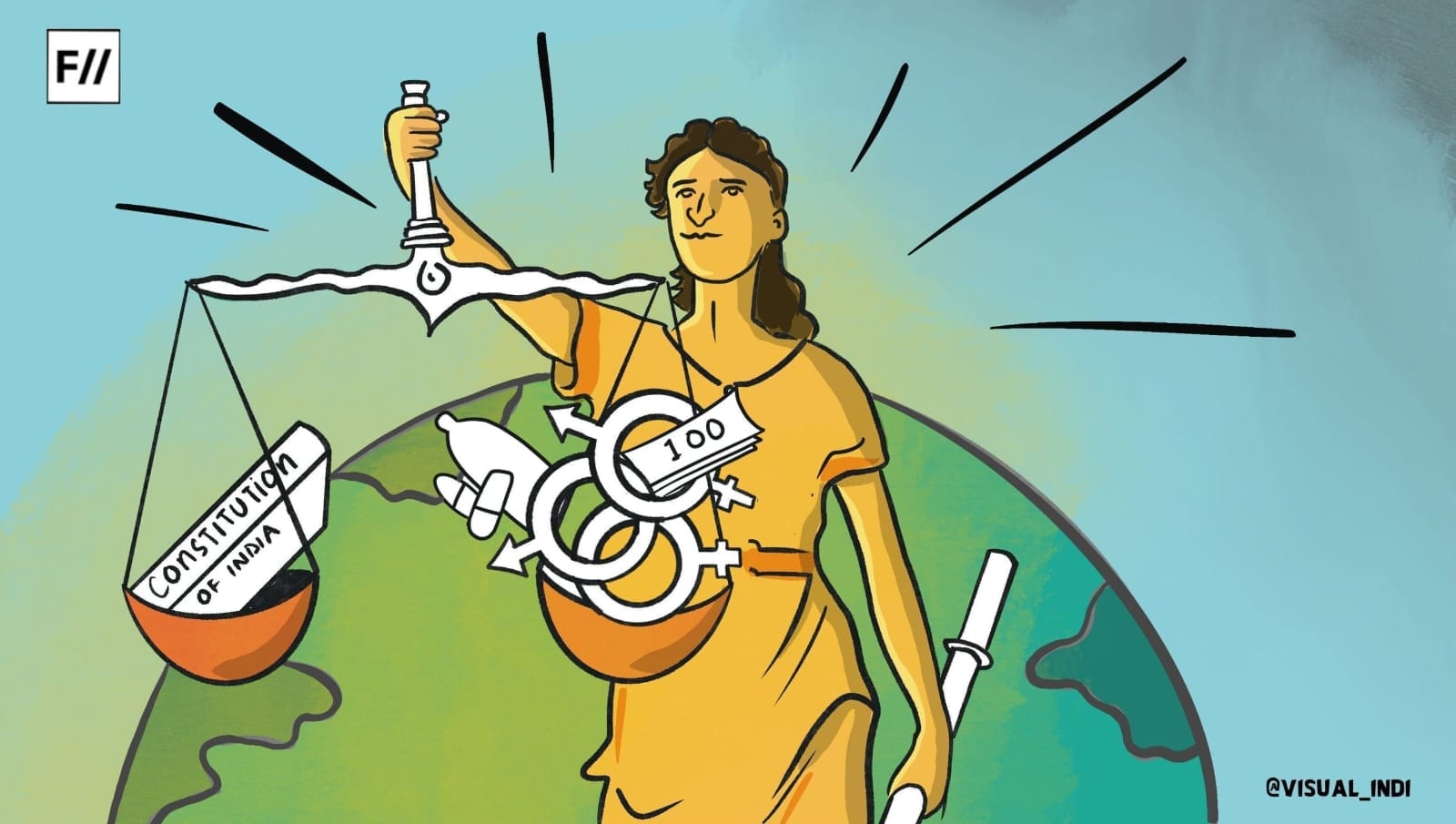
This structural disparity extends to High Court appointments as well, with judges from SC, ST, and OBC communities comprising only 17 percent of those appointed between 2018 and 2023, if we include recent data then also it is nearly 17.7 percent.
Judiciary’s caste wall: the 2013 National Commission for Scheduled Castes findings still hold true
The exclusion of marginalised communities from the higher judiciary aligns with the findings of the National Commission for Scheduled Castes in 2013, which observed that the judiciary has historically been dominated by social groups entrenched in caste prejudices. The lack of diversity on the bench not only limits representation but also increases the likelihood of judicial bias, as judges from privileged backgrounds may, consciously or unconsciously, align with the perspectives and interests of their own communities.
The Collegium’s reluctance to appoint judges from historically underrepresented regions—particularly the northeastern states (excluding Assam), Chhattisgarh, Jharkhand, and Odisha, which have significant Scheduled Tribe populations reflects the judiciary’s resistance to broadening its social composition. Despite caste being a fundamental aspect of Indian society, discussions on judicial appointments continue to overlook this issue, perpetuating an exclusionary system that overwhelmingly favors the privileged few while denying equitable representation to Bahujan communities.
77% of India, but just 17% on the bench
As per the 2011 Census, Scheduled Castes comprise 16.6% of the population, Scheduled Tribes 8.6%, and minority communities 19.3%. However, caste data for Other Backward Classes (OBCs) was not recorded. The Mandal Commission had estimated their population share at 52%. Despite these figures, the judiciary remains overwhelmingly dominated by upper castes, with SC, ST, and OBC representation standing at merely 17% in the High Courts as judges.
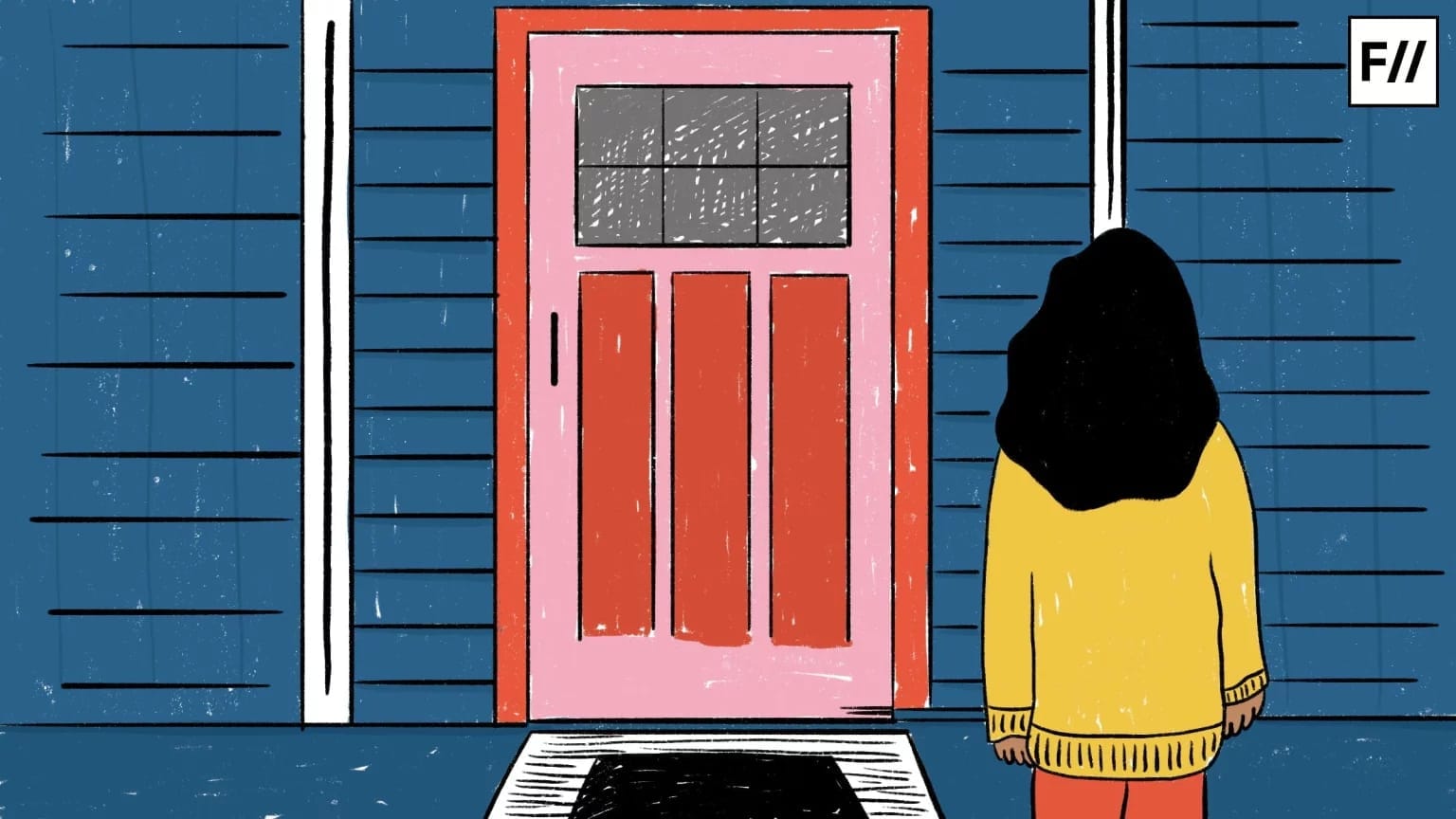
This is no coincidence but a reflection of the systemic biases ingrained in Indian society. The exclusion of marginalised communities from the judiciary is not incidental but a deliberate outcome of entrenched power structures that continue to dictate appointments, ensuring that social privilege translates into institutional dominance.
Merit or monopoly? the judiciary’s unchanged social order
The exclusion of Dalits, Adivasis, and OBCs from the higher judiciary is not accidental—it is a reflection of how power is preserved in India. Despite making up the majority of the population, these communities remain sidelined while upper castes continue to dominate judicial appointments. The idea that caste is no longer a barrier crumbles when we look at the numbers. If merit were truly the only criterion, why do the same privileged groups occupy these positions generation after generation?
The idea that caste is no longer a barrier crumbles when we look at the numbers. If merit were truly the only criterion, why do the same privileged groups occupy these positions generation after generation?
The judiciary, meant to be the guardian of justice, cannot afford to function as an exclusive club for the elite. The absence of reservation in judicial appointments is not the issue—the real problem is a system that refuses to acknowledge its own biases. Without structural change, the promise of justice remains hollow for those denied representation.
This is not just about filling quotas; it is about dismantling a hierarchy that has gone unchallenged for too long. A judiciary that does not reflect the people it serves risks losing its credibility. If equality before the law is a constitutional promise, then representation on the bench must reflect that reality. Otherwise, justice will remain what it has always been in this country, an advantage for the few, not a right for all.
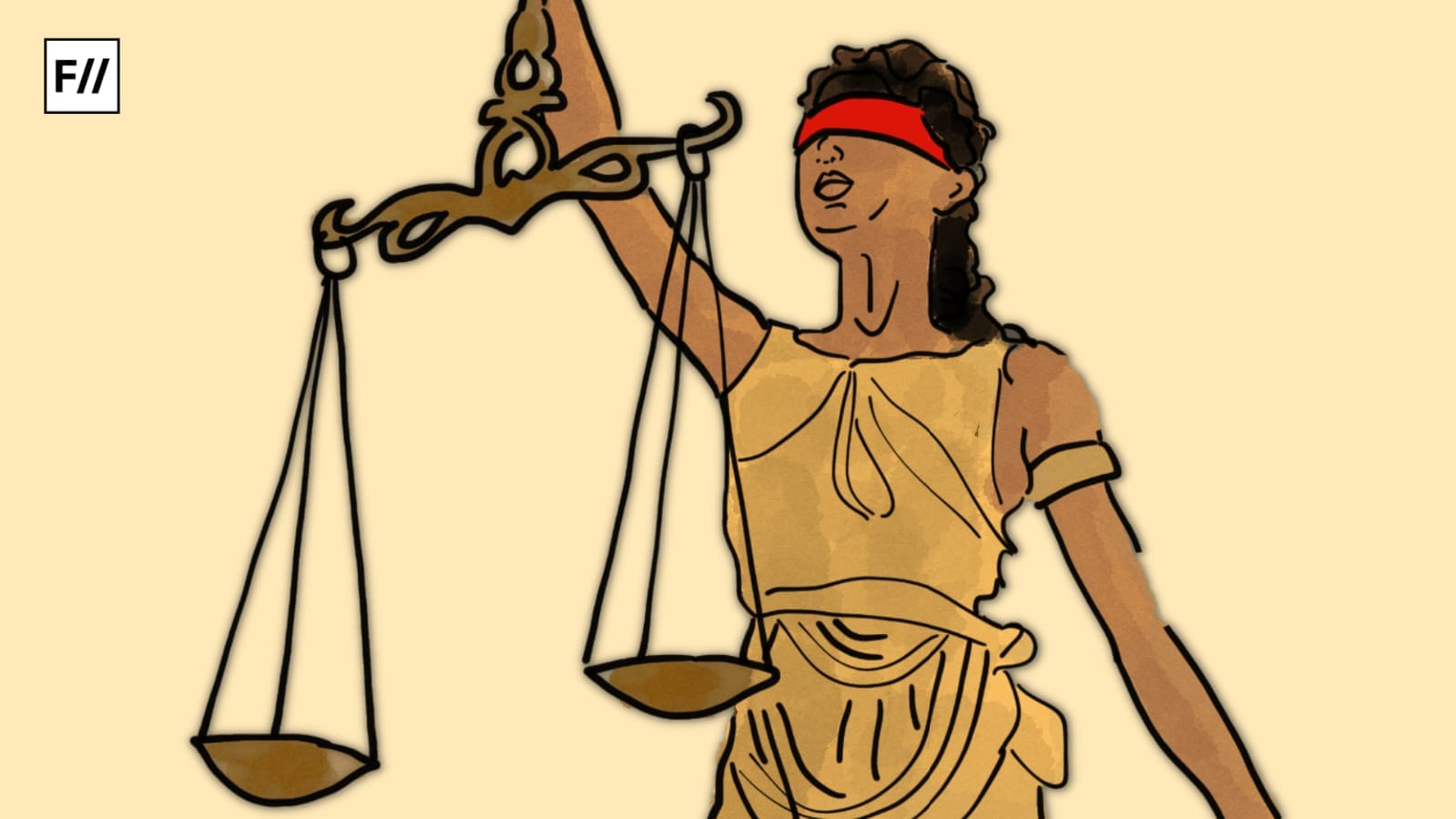


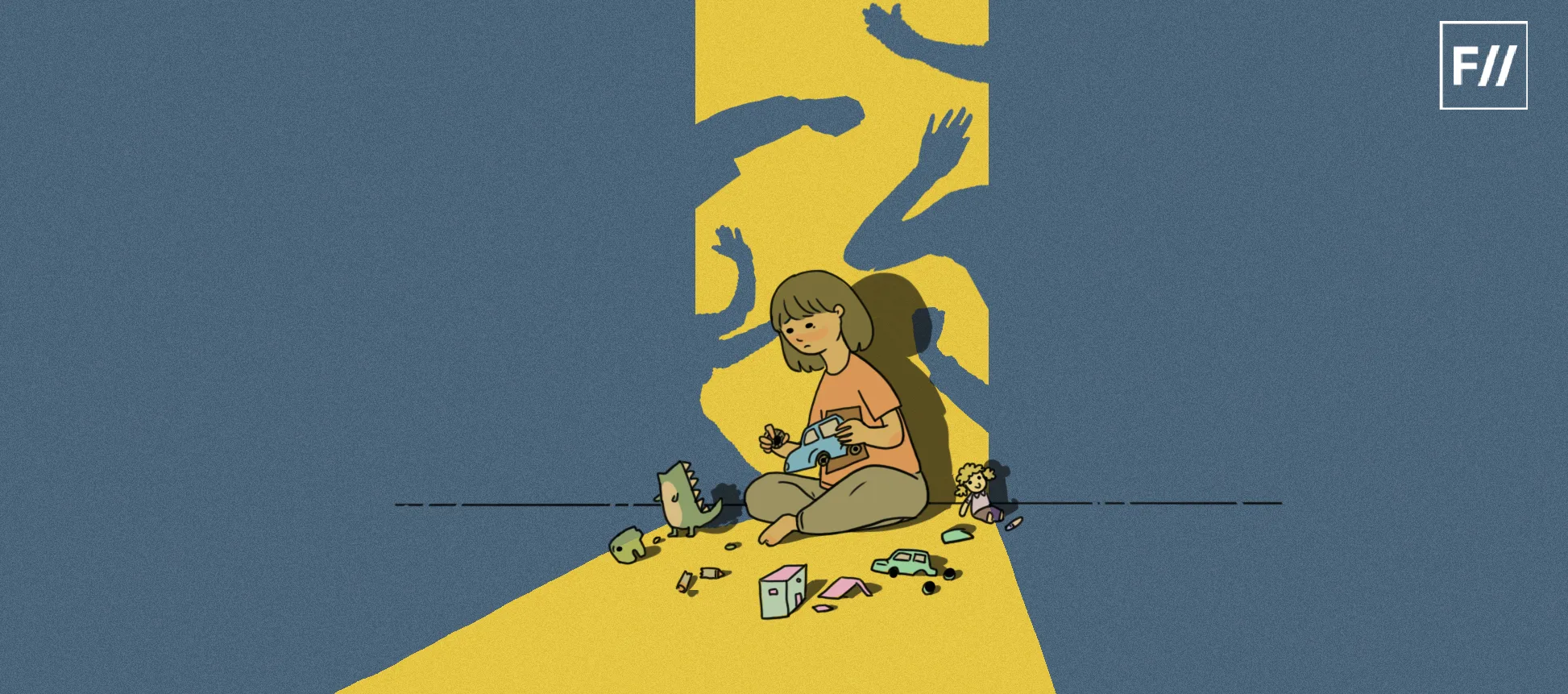
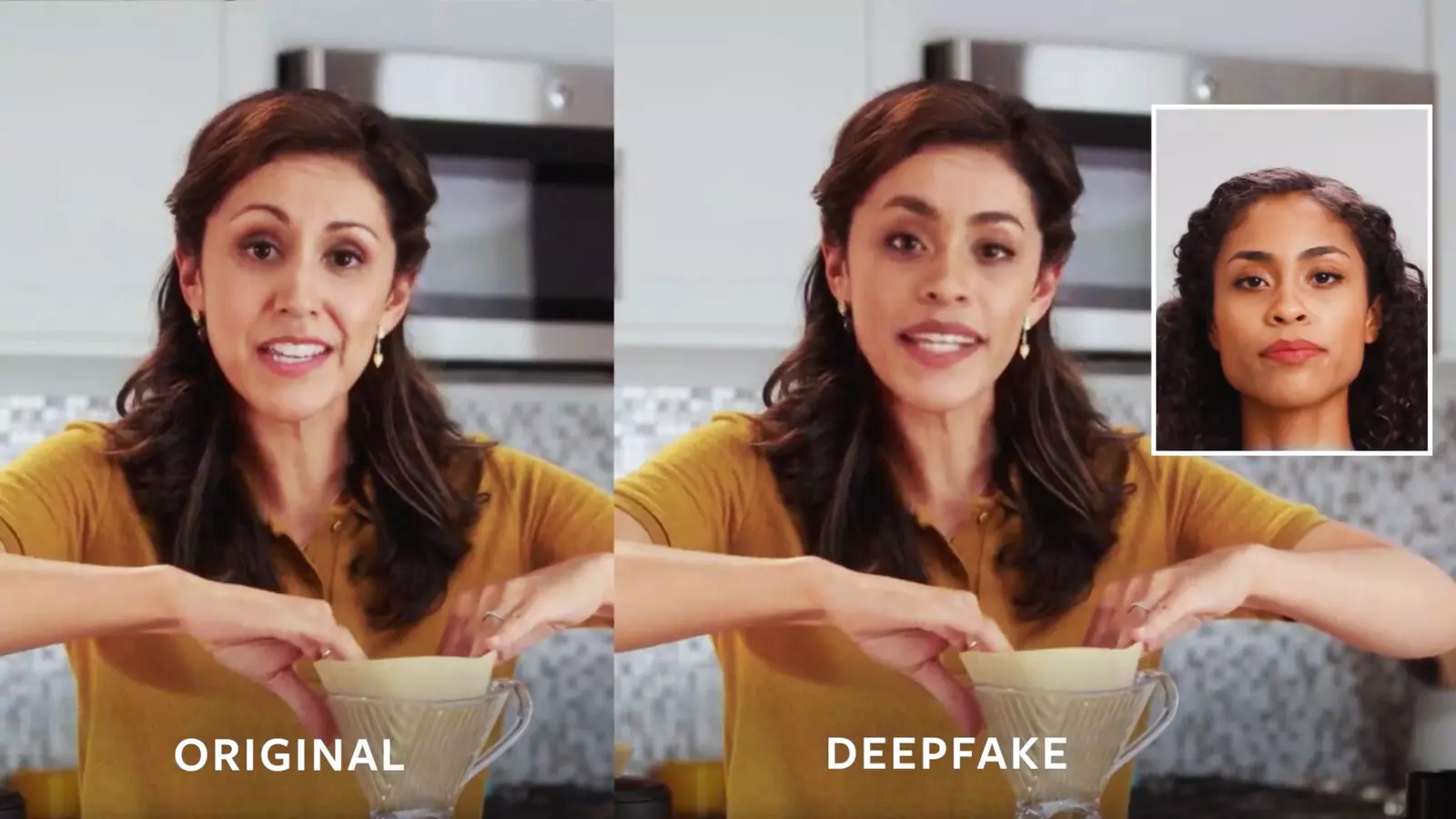
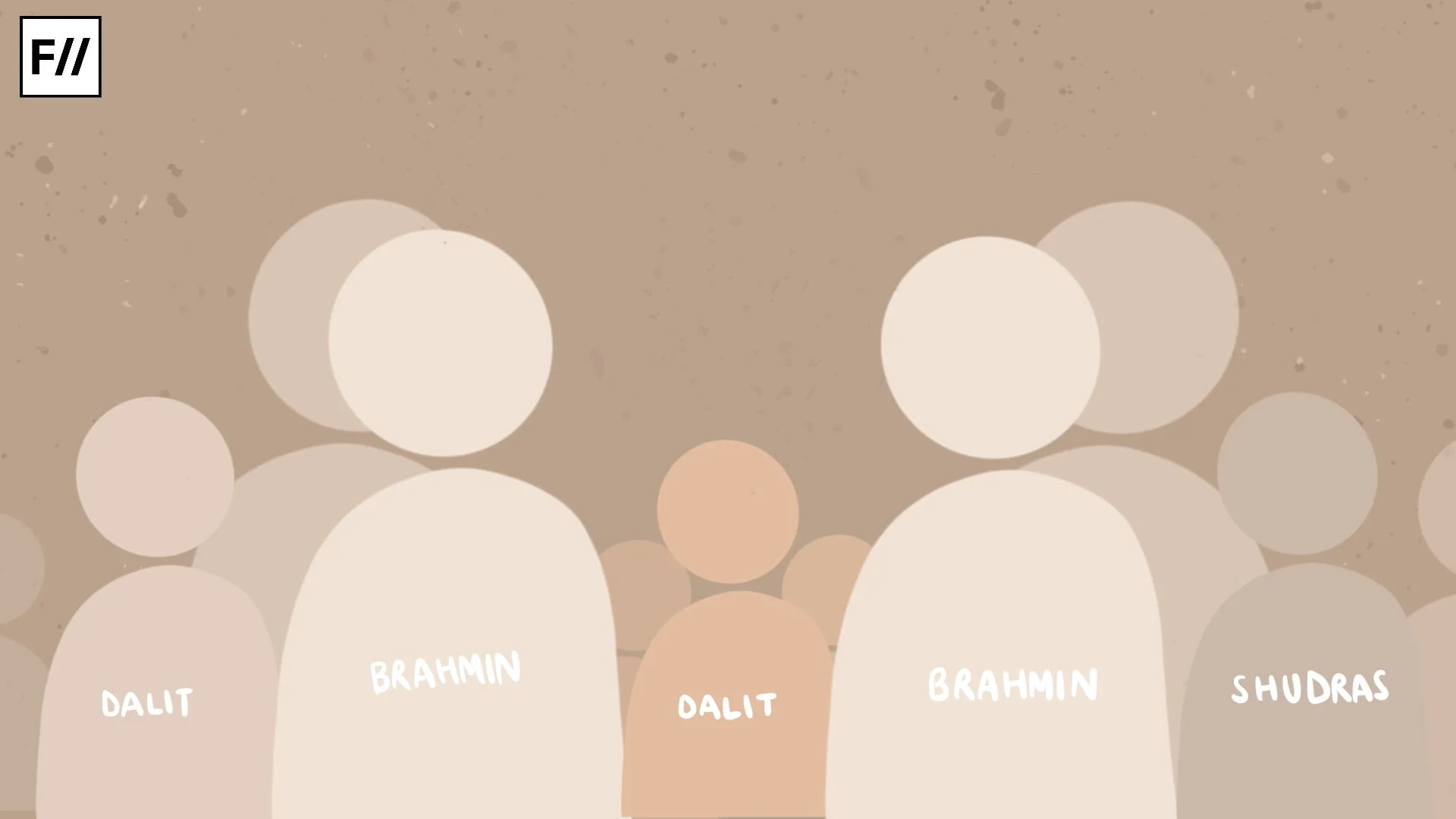

Such injustice is happening around us but no one pays attention to these things…You have written very well and I got to learn a lot of new things….Good Job Shweta
Thank you Yamini for your appreciation..it means a lot😊